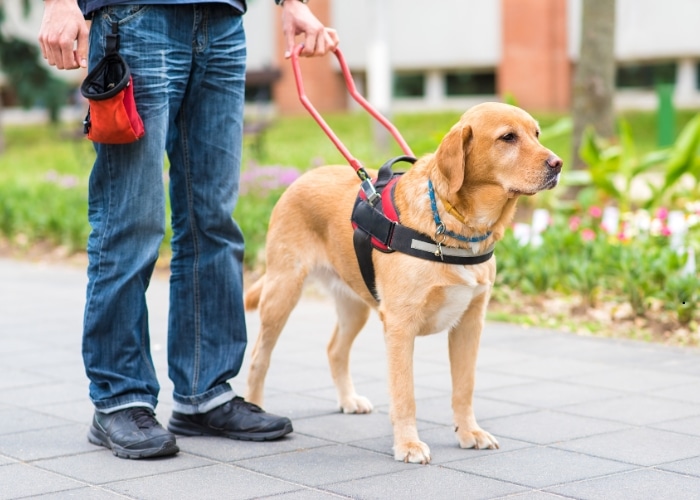The inclusion of animals in therapy has sparked questions following the recent NDIS Supports Lists, specifically around whether animal-related interventions qualify as NDIS supports. Let’s clarify the distinctions and guidelines that participants and providers need to understand.
Animal-Assisted Therapy vs. Animal Therapy
The NDIA identifies two key terms:
• Animal-Assisted Therapy: This refers to goal-oriented, structured interventions delivered by a qualified therapist. In these cases, animals are tools to facilitate therapy, akin to using board games or swings. For example, a therapist may use a dog to help a participant improve social skills or physical coordination. Such interventions, when tied to therapeutic goals, can be NDIS-funded.
• Animal Therapy: This involves activities that provide positive experiences, such as petting puppies or horseback riding, without a structured therapeutic framework. While enjoyable, these experiences are not considered NDIS supports, even if facilitated by an allied health professional.
The distinction lies in the service’s delivery: therapeutic structure and outcomes define whether an intervention qualifies as animal-assisted therapy.
Clarifying Roles and Guidelines
The NDIS has yet to define strict rules about which animals qualify or who decide if a service is an animal-assisted therapy. The responsibility falls on providers to demonstrate their interventions’ therapeutic value.
Providers can refer to the NDIA’s evidence review on animal-assisted interventions (updated May 2024) for guidance on ensuring services meet standards. The review notes inconsistencies in terminology and procedures, emphasizing the importance of clear therapeutic goals and models.
Understanding these distinctions ensures participants access appropriate and effective supports while maintaining compliance with NDIS guidelines. To know more, please refer to teamdsc.com.au.
